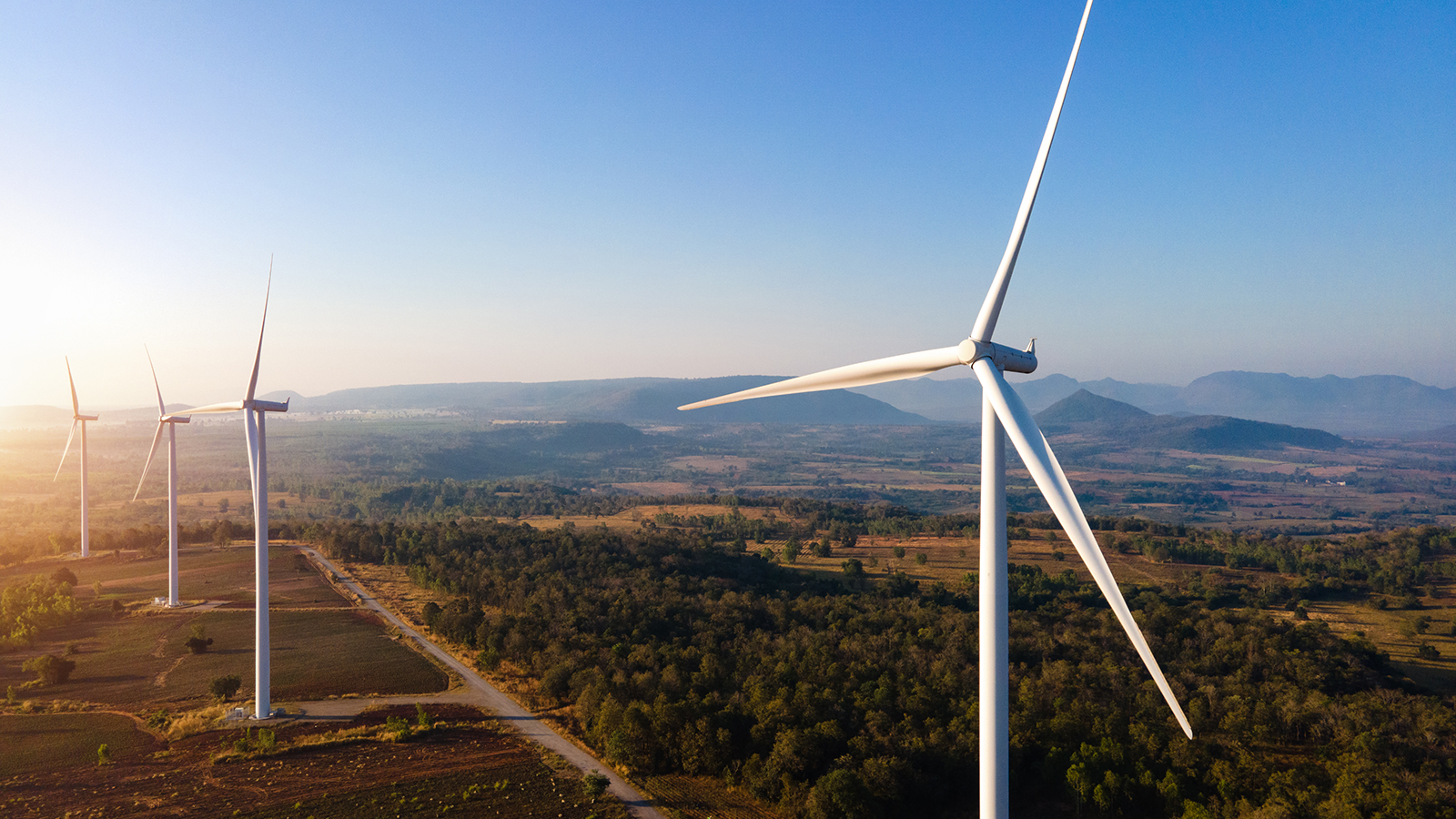
This century, trillions in economic stimulus have been spent by governments around the world in response to the financial crisis in 2008-2009 and, most recently, the COVID pandemic. However, most of this stimulus has not been aligned with decarbonizing the economy. In fact, much of it has resulted in increased greenhouse gas emissions.
Yet, some governments have recognized the benefit of facilitating a move to a low-carbon economy and have introduced policies to encourage green manufacturing and development in their jurisdiction. This article examines significant policies and their potential implications on transition risk.
United States
On January 1, 2023 the U.S. Inflation Reduction Act (IRA) came into effect. Its main goals are for the U.S. to be the global leader in clean-energy technology, manufacturing and innovation — benefitting not just the climate but also employment, businesses and the economy. The IRA has been designed to help the U.S. reduce carbon emissions by 40% by 2030 (compared to 2005 levels). In addition, it has provided funding to reduce methane emissions from petrol and natural gas extraction and processing.
Maxine Nelson
Tax incentives, grants and loans encourage increased electricity production and storage from renewable sources, manufacturing renewable energy equipment in the United States, purchasing electric vehicles and increasing the energy efficiency of housing. The IRA doesn’t just apply to companies — it is aimed at a broad range of actors including individuals, communities and states too. It complements other initiatives such as the CHIPS & Science Act — which is funding investment into research — and the Infrastructure and Investment Jobs Act, which is funding adaptation to climate change and investment in low carbon transport and energy.
Europe
For the last decade, the European Union (EU) has been allocating a large proportion of its budget to climate-related spending. In 2013 it agreed to allocate 20% of its budget to mainstream the fight against climate change, provide leadership on climate action ahead of the Paris Agreement discussions and build “a low-carbon, resource efficient and climate resilient economy that will enhance Europe’s competitiveness and create more and greener jobs.” It also aimed to strengthen energy security more than a decade before the energy price shocks associated with the war in Ukraine. To achieve this, climate action was going to be integrated across all the main spending areas.
The size of the climate-related spending was increased to 30% in 2021 and the scope was increased to integrate climate action across the entire EU budget, including within the COVID recovery stimulus package. This investment is also linked to the European Green Deal, which aims to “transform the EU into a modern, resource-efficient, fair and competitive economy with no net greenhouse gas emissions and where economic growth is decoupled from resources use.” By its very nature, the budget is allocated to a variety of projects, including improving the energy efficiency of companies and houses; increasing the production of renewable energy; upgrading railways; making waste management more efficient; reducing emissions from agriculture; and funding climate change adaptation.
The EU plans to introduce a Carbon Border Adjustment Mechanism in 2026. This is a form of tax on carbon-intensive goods that have been manufactured outside of the EU in jurisdictions with less stringent climate policies. It aims to put a fair price on the carbon emitted during the production of those goods. This should maintain the competitiveness of European companies as well as discourage production from moving to countries with weaker climate policies — thereby undermining the goal of limiting global warming by reducing emissions. (For more information about border adjustments listen to the podcast with Professor Sir Dieter Helm)
China
China has also been investing heavily in green energy and renewables. In 2015, it launched a Made in China 2025 program to develop local manufacturing. This aimed to increase the Chinese domestic component of core materials to 40% by 2020 and 70% by 2025. One of its focus areas was green development, which covered “energy saving and environment protection technologies” as well as the development of a circular economy and green manufacturing. Goals for reduction in carbon emissions and energy and water consumption were also included. China’s 14th five-year plan also required 33% of electricity consumption to come from renewables by 2025; China is on track to achieve this with nearly 30% of its 2021 electricity consumption from renewable sources.
According to Goldman Sachs, China’s massive investment in clean energy technology over the past decade has resulted in it controlling the market for about 90% of upstream solar products and about 30% of wind power production. It has also put it on track to produce 3.3 terawatts from these sources by 2030.
Parting Thoughts
As the benefits of having so-called greener technologies and production methods within their borders are realized, more countries — including Japan and South Korea — are introducing real economy policies to encourage this. We expect to see even more of this as not only central governments, but also cities and states, continue to search for ways to maintain their competitiveness and employment. Consequently, financial institutions should be monitoring these regulations so they understand the changing transition risks and are ready with the financing and insurance products that will help not just their economies but also the transition to a low-carbon world.
Maxine Nelson, Ph.D, Senior Vice President, GARP Risk Institute, currently focusses on sustainability and climate risk management. Previous roles have included Global Head of Wholesale Risk Analytics and Head of Capital Planning at HSBC, responsibility for counterparty credit risk at the UK FSA, leading KMPG London’s credit risk team, senior consultant at Oliver Wyman, and operational risk modelling at NAB.
Topics: Transition Risk